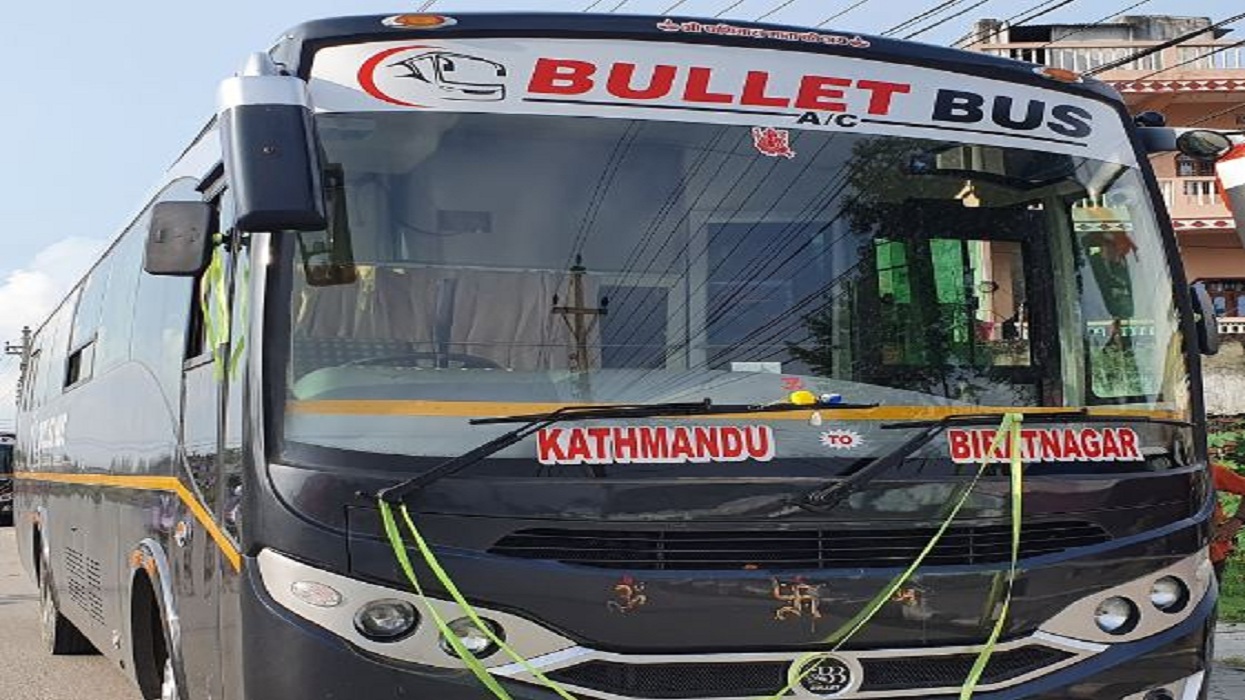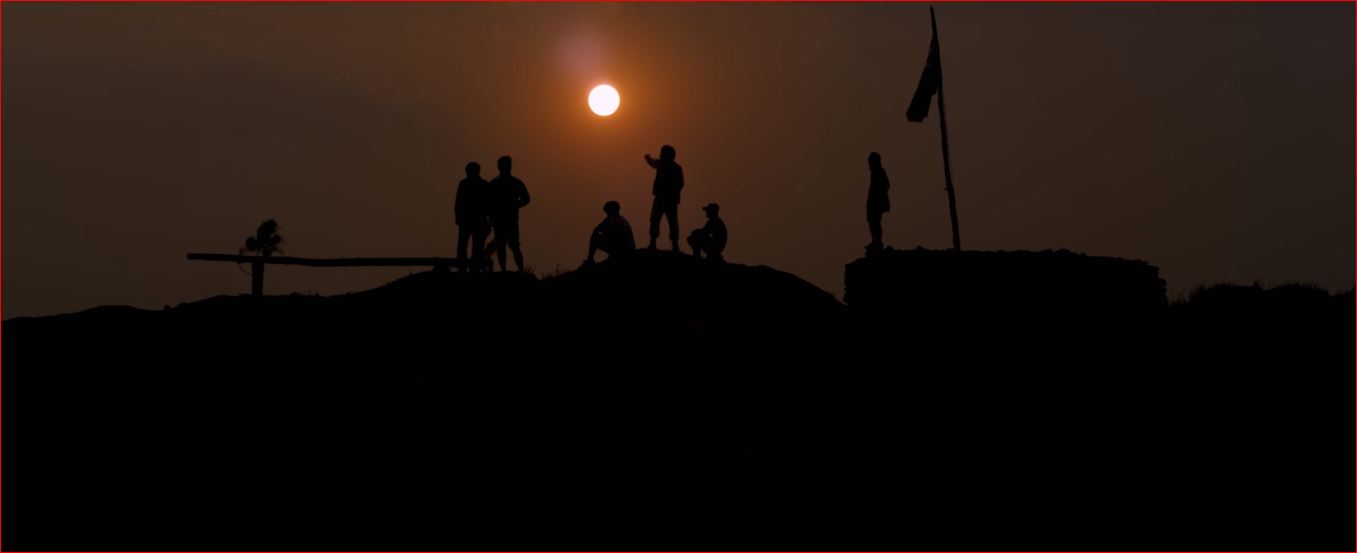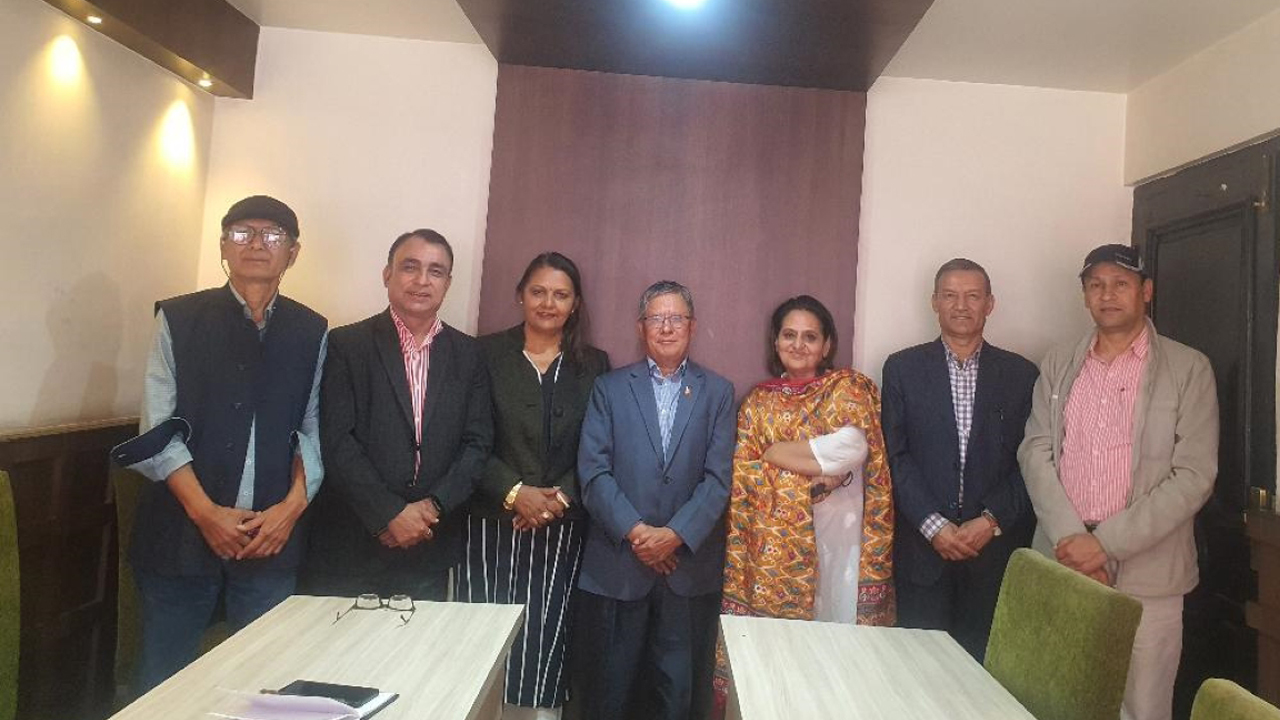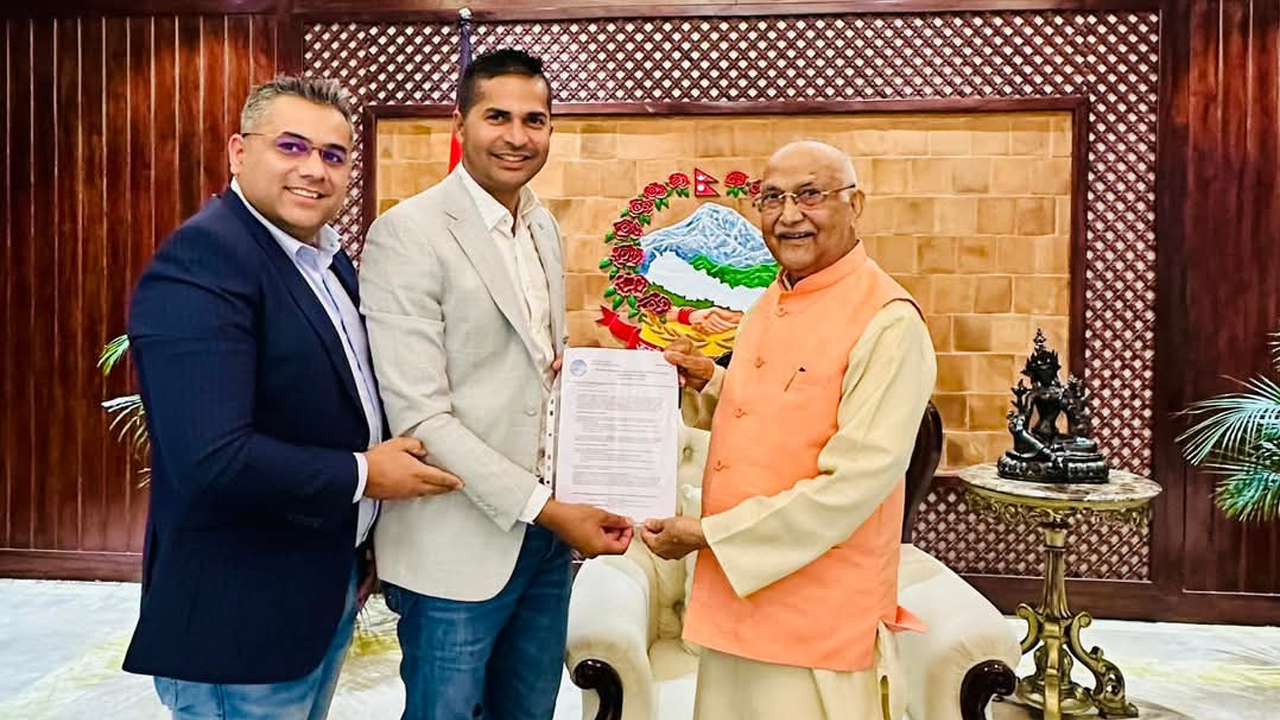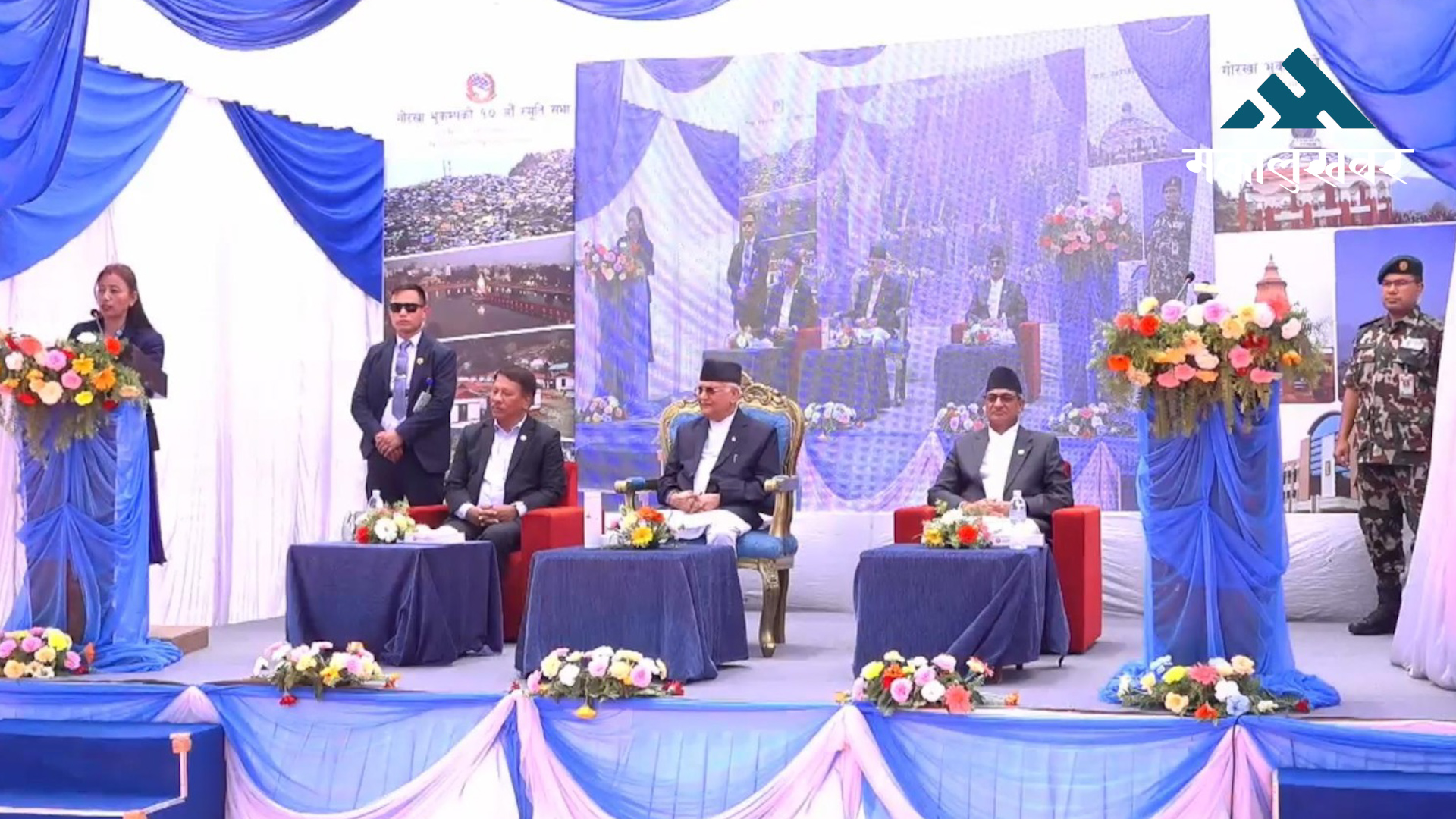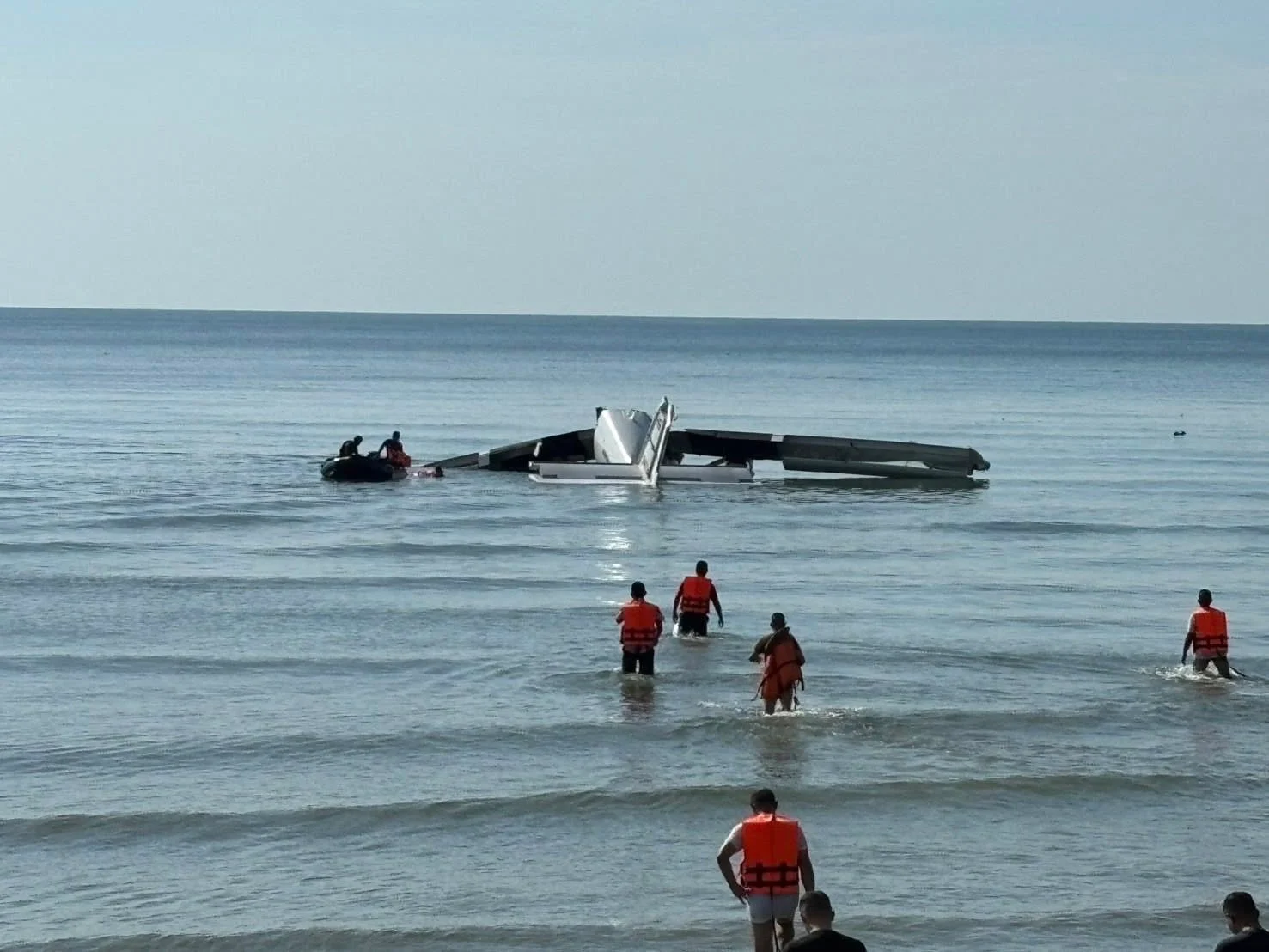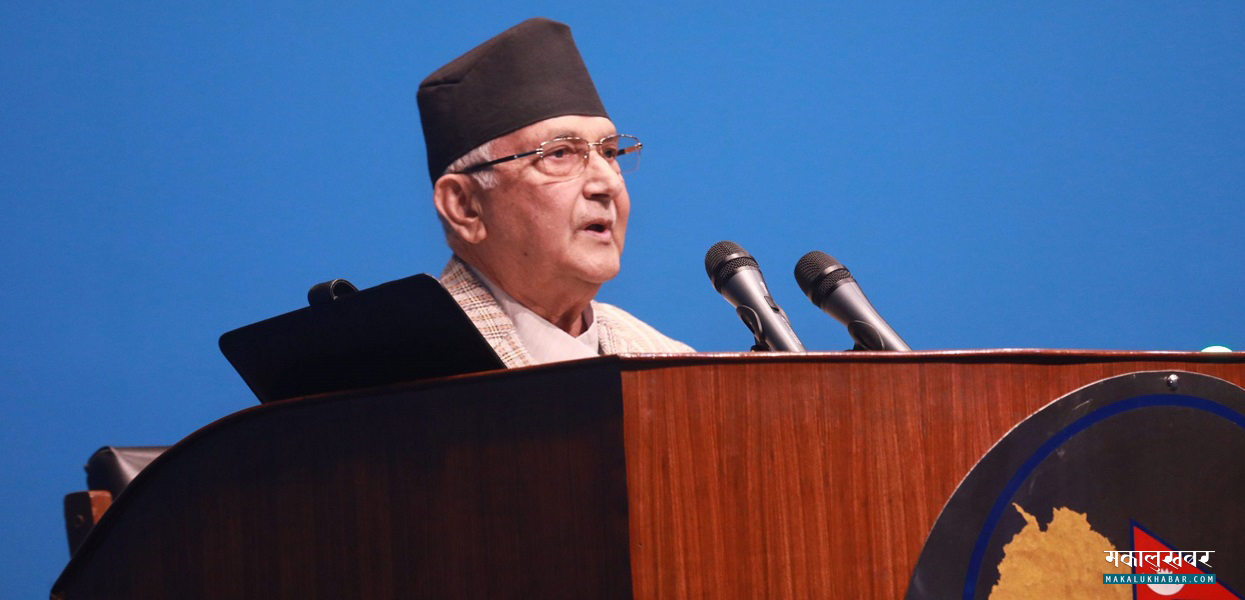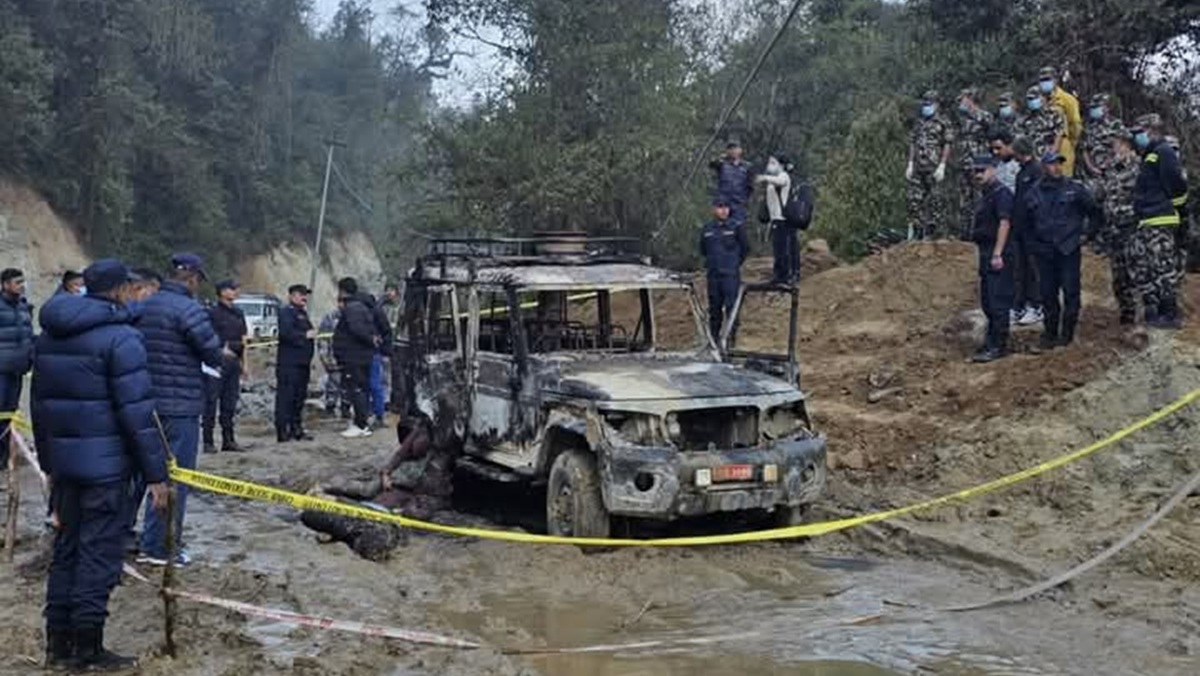10 years after Gorkha quake: Barpak rebuilt, many still waiting
More than the structures, it was memories that crumbled — and for many, the wait for reconstruction continues.
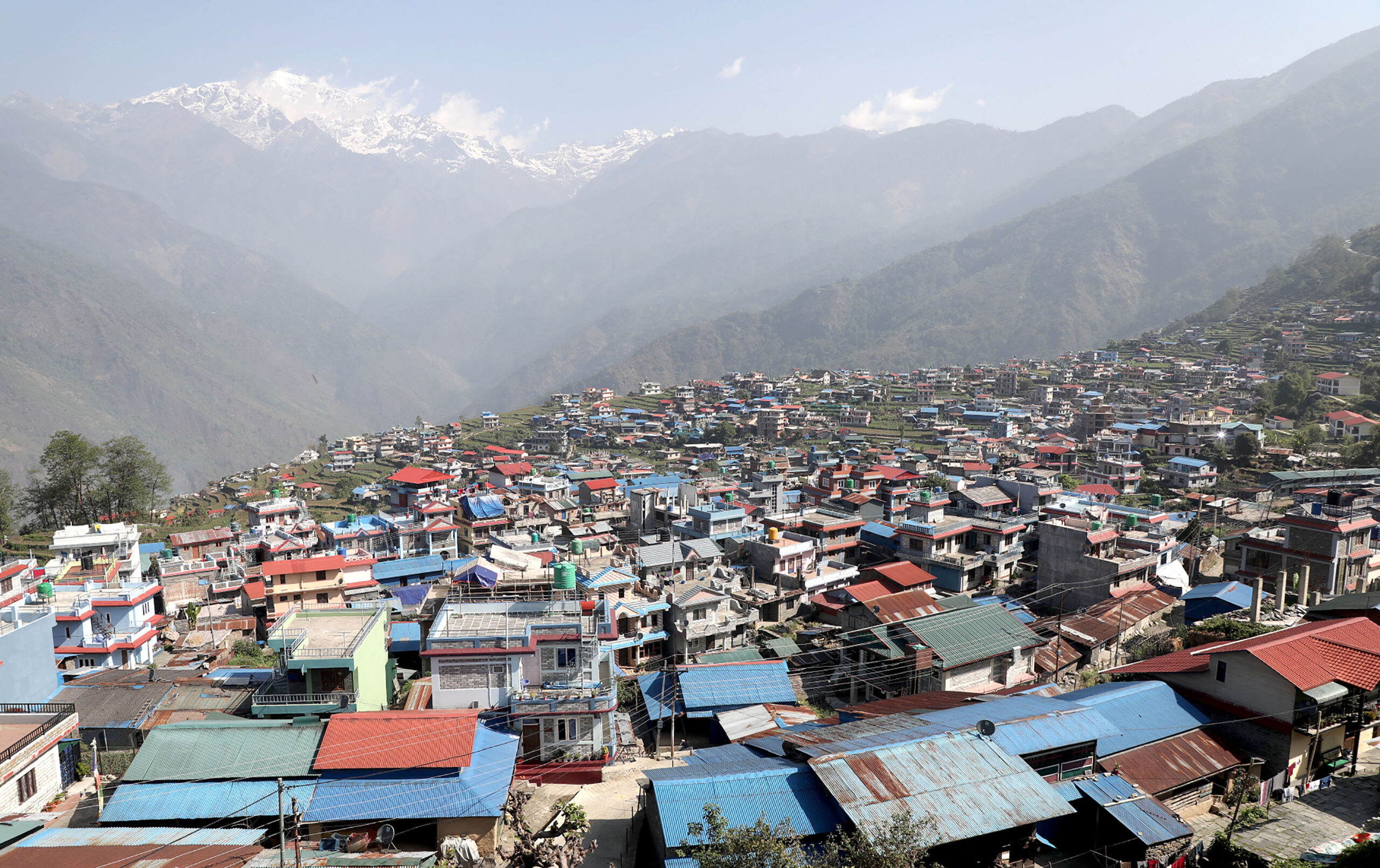
KATHMANDU: Each year on Baisakh 12, the horrifying memories of the 2015 Gorkha earthquake come rushing back to Nepalis. The catastrophic quake that shook the nation on Baisakh 12, 2072 (April 25, 2015), shattered millions of dreams. It snatched away homes, laughter, loved ones, and left thousands injured.
Even after a decade, the wounds remain unhealed. In Kathmandu’s alleys and in the hills of remote villages, many collapsed houses have yet to rise again. More than the structures, it was memories that crumbled — and for many, the wait for reconstruction continues.
Reconstruction of private residences, schools, archaeological structures, and various government buildings damaged by the quake is still ongoing. The 7.6 magnitude earthquake, centered in Barpak, Gorkha, struck at 11:56 AM on Baisakh 12, 2072, claiming the lives of 8,979 people and injuring 22,309.
In the northern region of Gorkha, including Barpak, where the epicenter lay, nearly all homes were destroyed and over 70 locals lost their lives.
The quake completely destroyed around 1 million private homes, 7,553 schools, 49,681 classrooms, 544 health institutions, and partially damaged another 653 health institutions. Additionally, 415 government buildings, 170 heritage sites within World Heritage Zones, and 920 other cultural monuments were damaged. Infrastructure-wise, 3,212 drinking water systems, 53 roads, and 299 human settlements were affected.
According to the Urban Development and Building Construction Department, its implementation unit has detailed reconstruction data. Out of 835,185 identified beneficiaries for private home reconstruction, 834,267 received the first installment. Among them, 770,775 (92.4%) received the second installment, and 743,249 (89.1%) received the third.
Prakash Aryal, head of the Central Project Implementation Unit under the Department, stated that the government’s grant of Rs. 300,000 was insufficient to complete house construction, and many beneficiaries lacked additional funds. “Those who could invest extra completed their homes early. But many couldn’t due to financial constraints, delaying the reconstruction for years,” he said. He also noted that beneficiary identification complaints prolonged the initial reconstruction phase.
In Laprak, Dharche Rural Municipality-4, Gupsipakha houses the Laprak model settlement, built post-earthquake with the support of the Non-Resident Nepali Association (NRNA) and the Nepal government. The settlement includes 604 households.
Aryal acknowledged that delays also stemmed from fund management challenges, disputes with locals during heritage reconstruction, and lengthy grant disbursement processes. However, he assured that 99% of the work would be completed within a year. Across districts, 253 partially damaged government buildings have been repaired, and 288 model buildings have been constructed to house public offices.
In collaboration with the Asian Development Bank, 151 government buildings have been completed. Out of 11 Rana-era buildings under retrofitting projects, 8 are finished while 3 are under construction. The Indian government has supported 28 heritage reconstruction projects, with 13 completed, 12 ongoing, and 2 not yet initiated.
Additionally, 97 integrated settlement development projects are finished, and 9 are under implementation. Of 1,126 health buildings constructed after the earthquake, 544 were transferred to the central unit via the National Reconstruction Authority. Among them, 336 buildings have been completed and the rest are under construction. The Dharahara reconstruction is still 14% incomplete.
Saugat Pradhanang, Director General of the Department of Archaeology, cited lack of budget, unclear policy guidelines, and shortage of traditional materials as major obstacles to timely completion. “A total of 1,500 structures were damaged, including 170 within World Heritage Zones, 750 outside, 215 monasteries, and 365 non-listed but damaged structures. Of these, 815 — including monasteries — have been completed, work is ongoing for 154, and 531 structures remain,” he said. Around Rs. 7.2 billion has been spent on heritage reconstruction so far.
The 61st Annual Report of the Auditor General stated that sustainable and planned reconstruction of structures damaged by the 2072 earthquake, as well as the resettlement and rehabilitation of displaced persons, had not been carried out effectively. The report emphasized that several projects — including those in heritage conservation and integrated settlement development — remain incomplete and require prompt attention.
The National Reconstruction Authority, on Poush 28, 2076, developed a post-disaster reconstruction and recovery framework and revised the total cost estimate for reconstruction to Rs. 489.1353 billion.

